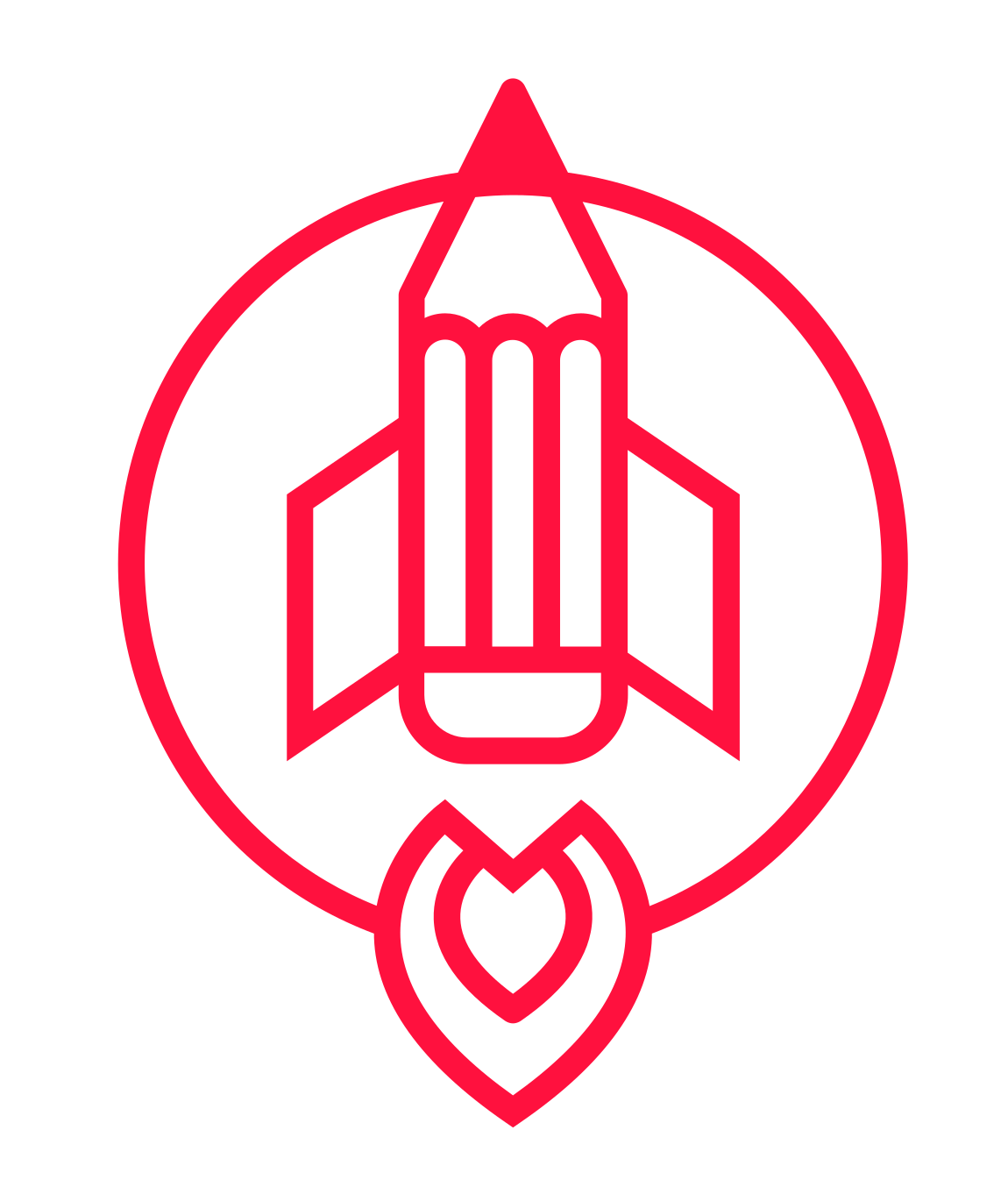Digital Drawing for Beginners Course
Digital Drawing for Beginners Course
Digital drawing is one of the most convenient ways to go about the task.
You’re able to deeply modify the drawings you’re doing with an array of tools.
You can use layers to organize and augment your workflow, and most importantly, the holy grail of Ctrl + z is there to save you when you get into trouble.
Well, assuming you don’t get too addicted to it, that is.
At any rate, it’s okay to learn to draw digitally without getting too into the traditional side of things. I always recommend keeping sketchbooks because you’re able to have more fidelity in real life. There’s just nothing like how pencil or ink over across a surface. It also forces you to make better decisions or risk wrecking your pieces.
However, it’s important to consider just how many benefits digital offers.
The beginner Drawing course was made for learning artistic fundamentals, and it just so happens I made it digitally, using photoshop to demo the examples.
I’ve since switched to Clip Studio Paint, but there are more affordable programs like procreate for the iPad, or Krita.
The key is to get comfortable in the program, and get comfortable using a stylus to draw instead of a pen or pencil.
Sure, the surface might seem a bit odd at first, or not looking at what you’re drawing if you don’t have an on-screen tablet.
But the big takeaway is that you’re in good hands as a digital artist. In the Beginner Drawing course, you’ll see me use layers to engage different functions, or perform various aspect of the drawing process.
It’s really nice to be able to take all of these conveniences into the drawing process with us. In all sincerity, the most important things when it comes to drawing digital or learning to become a digital artist happen to be in this blog post here.
I’ve already written it to help kickstart your digital art journey.
Digital Drawing Programs
Once you get comfortable in any given program it’s rather east to be able to do your thing. There are definite nuances to each though, and that’s important to keep in mind. It’s way easier (for me) to achieve line art that I like in clip studio paint, but there are some features for painting in photoshop that I enjoy immensely.
Procreate has some nice features too. Brushes perform differently, and it’s stripped-down and mobile interface helps to simplify the creative process.
However, it’s not terribly intuitive, and some functions that feel easy to find in other programs escape one’s grasp in Procreate.
That said, it’s still a wonderful program in many ways. Just be sure to look up some specific procreate tutorials, like this one I made— assuming you go that route.
I encourage you to play around with programs while learning to draw, but stick with the one that feels the best. It’s a subtle thing, but you’ll do your best work when you’re working with elements that you have an affinity for.
Experimentation is important insofar as one it able to test and attune to the options that are available. However, it shouldn’t take 100 hours to gather the data intuitively and logically that you need to settle on one or two programs that work best for you.
Depth is what we’re after, ultimately. The Ability to go deep quickly, and improve by leaps and bounds once we do so.
So be sure to stick with the best program (for you) that you try.
Is it possible to follow the beginner drawing course traditionally? Yes. However, it’s wise to use a digital art program instead. It’s just closer to what occurs in the actual lessons, and as a result you’re likely to get more out of it.
That said, happy drawing!
Whenever you're ready, there are 2 ways I can help you:
1. Grow & Sharpen Your Drawing Skills here. (1,800+ students)
2. Build better Paintings and get Commissions here. (500+ students)



